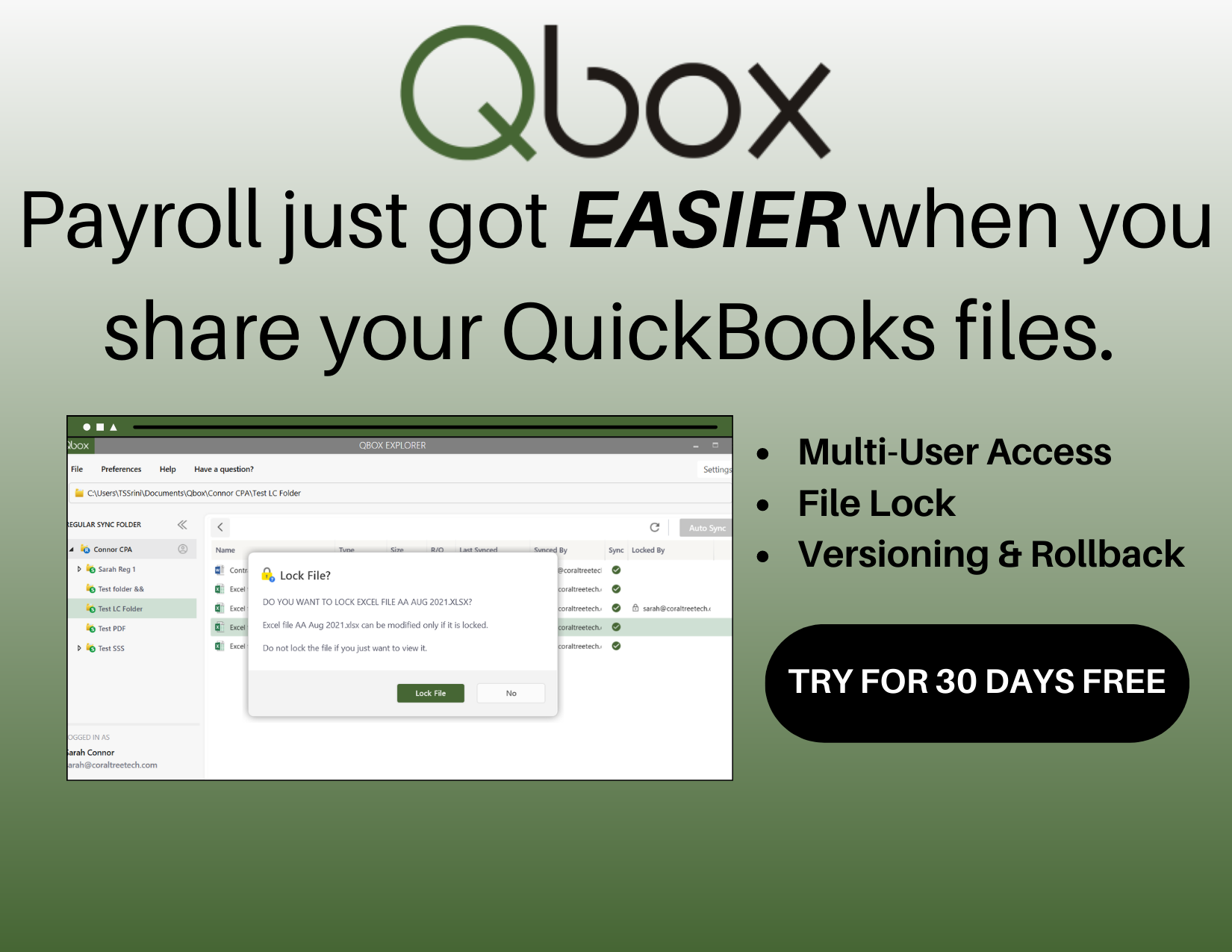Contents
Every business needs payroll since it's how employees are compensated for their work and it’s imperative to understand payroll definition. It includes calculating salaries, deducting taxes, and disbursing funds to employees. The process is crucial as it ensures that employees are paid accurately and on schedule and that businesses abide by several laws and regulations.
Payroll can be challenging, requiring close attention to detail to complete correctly. In this article, we'll discuss payroll and some of its aspects.
Here is everything you need to know about payroll and payroll accounting:
What is Payroll?
Payroll definition is simply paying salaries to a corporation's employees. The process starts with making a list of the salary recipients and recording the expenses. It's a challenging procedure that involves collaboration amongst several departments, including payroll, HR, and finance. All this is done through a payroll system.
What is a payroll system?
A payroll system is a set of procedures and software that automates the payroll process. A payroll system typically consists of four main components:
- A timekeeping system that tracks the hours worked by each employee.
- A payroll software that calculates the gross pay, deductions, and net pay for each employee.
- A payment system that transfers the net pay to the employees' bank accounts or issues paper checks.
- A reporting system that generates payroll reports and tax forms for internal and external purposes.
What is the purpose of payroll?
Payroll serves several functions for both employers and employees:
- For employers, payroll helps to attract and retain talent, motivate and reward performance, manage labor costs, and fulfill tax and regulatory requirements.
- For employees, payroll provides a source of income, a measure of recognition, a basis for benefits eligibility, and a record of earnings and deductions.
What is the difference between payroll and salary?
Payroll and salary may mean the same thing for most people. In accounting, however, they have different meanings.
Payroll indicates the total compensation that a business pays to all their employees on a specific date or for a specific period. Payroll includes everything that a business pays their employees, including salaries, commissions, bonuses, overtime, vacation pay, etc.
So salary is only a subset of a payroll. It’s handed out to employees on a weekly or on a monthly basis. The interval between two salary checks is known as a payroll cycle meaning how frequently a business pays their employees. Depending on the company, it can vary weekly, bi-weekly, or monthly.
Is payroll an expense or an asset?
Payroll is an expense for the employer. It represents the cost of labor that is incurred in generating revenue. Payroll expense reduces the net income and the retained earnings of the business.
What is payroll management?
Payroll management is the process of planning and managing payroll activities of a business. Payroll management involves various tasks, such as:
- Setting up and maintaining employee records
- Establishing and updating payroll policies and procedures
- Implementing and monitoring timekeeping systems
- Processing and verifying payroll data
- Calculating and distributing paychecks
- Withholding and remitting taxes and benefits
- Preparing and filing payroll reports and tax forms
- Resolving payroll issues and queries
- Evaluating and improving payroll efficiency and accuracy
What is payroll processing?
Payroll processing is the act of calculating and paying employees for their work. Payroll processing involves several steps:
- Collecting time cards or timesheets from employees or supervisors
- Entering or importing time data into the payroll software
- Reviewing and validating time data for accuracy and completeness
- Applying pay rates, allowances, deductions, taxes, and benefits to time data
- Generating paychecks or direct deposits for each employee
- Printing or emailing pay stubs or payslips to employees
- Recording payroll transactions in the general ledger
- Reconciling payroll accounts with bank statements
What is a payroll card?
A payroll card is a prepaid card loaded with the employee's net pay for every pay period and can be used to withdraw cash, make purchases, or pay bills. Employers can use to pay employees instead of issuing a cheque or direct deposit.
What is payroll software?
Payroll software automates the payroll process and helps calculate, manage, and record employee compensation. Payroll software can perform various functions, such as tracking hours worked, calculating gross and net pay, withholding taxes and deductions, generating payslips and reports, filing tax returns, and transferring funds to employees' accounts. Payroll software can save time, reduce errors, and ensure compliance with tax laws and regulations.
What is payroll cost?
Payroll cost is the total amount of money that an employer spends on paying employees. Payroll cost includes not only wages and salaries, but also other expenses related to employee compensation, such as payroll taxes, benefits, bonuses, commissions, overtime pay, sick pay, vacation pay, etc. Payroll cost is an important indicator of a business's profitability and efficiency.
What is a payroll report?
A payroll report summarizes the payroll information for a specific period, such as a week, month, or year. A payroll report typically shows the number of employees, the total hours worked, the total gross and the net pay. It also includes taxes and deductions withheld, the total benefits paid, and the total payroll cost. A payroll report can help employers monitor their payroll activities, analyze their payroll trends, and prepare their financial statements.
What is third party payroll?
Third party payroll is a service that involves outsourcing some or all of the payroll functions to an external provider. A third party payroll company can handle tasks such as calculating pay, withholding taxes and deductions, generating payslips and reports, filing tax returns, and transferring funds to employees' accounts. Third party payroll can help employers save time, reduce costs, and ensure accuracy and compliance.
Using Qbox to Improve Productivity and Streamline Workflows
CoralTree's Qbox is the ideal solution if you use Quickbooks desktop and want to simplify payroll and let your staff collaborate better. Our software lets you easily automate your payroll process and share and collaborate on Quickbooks files and documents. Also, if you're a new user, you can test out Qboxfor 30 days without paying anything.
Qbox is a file-sharing and collaboration software allowing users to share and collaborate on various files, including QuickBooks, MS Access, Word, Excel, and PowerPoint. It offers useful features for accounting and bookkeeping. Some of the features that make Qbox effective in payroll streamlining include the following:
Share Files and Collaborate with Multiple Users
Qbox enables users to exchange documents with numerous other users over the Internet. It makes teamwork simple. Qbox locks a file when a user modifies it to protect the changes.
The platform then immediately syncs the modifications and releases the lock after modification. This enables a user to unlock the lock and make modifications.
Share QuickBooks Attachments and Documents
Users can quickly share QuickBooks attachments and files like PDF, JPG, PNG, and TIFF via Qbox. These files can be downloaded anytime and saved to a user's Qbox account. Qboxsyncs and shares attachments simultaneously.
This ensures that all shared users may access attachments in their QuickBooks company after the sync. The tool allows users to save all their QuickBooks files and attachments in one location, saving time and maintaining organization.
Team Members
Team members are yet another distinctive Qbox aspect. Users do not need to invite their employees to each folder individually; they may add them as team members and share all folders and files with them.
Users can grant admin access to other team members, allowing them to control files, shared users, and bill payments. Teams can collaborate on projects and keep organized with the help of this tool without worrying about a lot of sharing permissions and invitations.
Qbox MU
A Qbox MU feature, or "Multi-User," enables users and other network users to share folders and files. The feature conserves storage space and internet usage because users don't need to make distinct folders and sync files one at a time.
Qbox Explorer
Users may view and manage their shared folders and files using Qbox Explorer, a straightforward desktop software. They can use the software to check if their files are locked or out of sync and to customize their Qbox client. The interface for handling files and folders in Explorer makes maintaining organization and interacting with other team members simple.
Wrapping Up
Payroll is a crucial component, regardless of the firm's size. It is a straightforward, simplified process that ensures employees are paid accurately and on time. As mentioned, Qbox is a game-changer for organizations that wish to automate their payroll process, interact with team members, and share data securely over the Internet.
Don't wait any longer to automate your payroll procedure and improve teamwork. Sign up right away with Qbox and get the first 30 days free!



